HAO News
HAO News
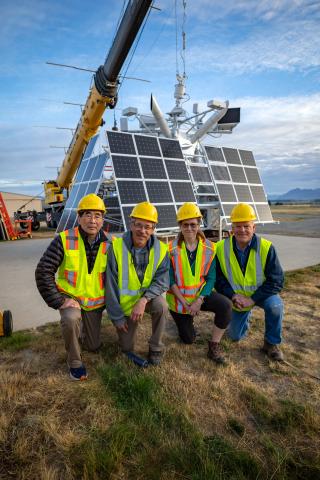
HAO's HiWind Balloon has Launched
Yesterday, the weather conditions in Wanaka, NZ proved favorable for a successful HiWind (SN11) launch. The HAO staff received this news with great jubilation. We are proud and grateful for your achievement!
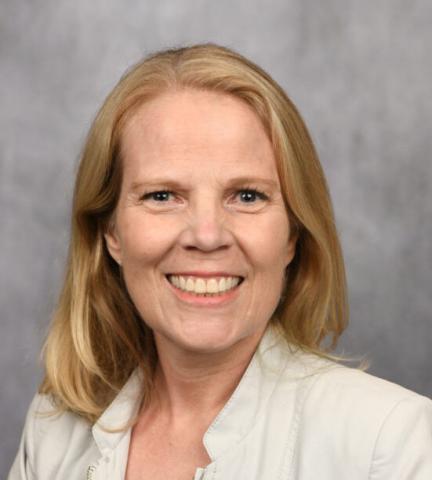
Holly Gilbert awarded the 2025 Irene González Hernández Prize
HAO is proud to announce that our director, Holly Gilbert, is the recipient of the 2025 Irene González Hernández Prize. As quoted from the SPD website announcement..."The Irene González Hernández Prize, established in 2024, celebrates mid-career scientists for transformative contributions to solar research, leadership, and community service." Congratulations Holly!
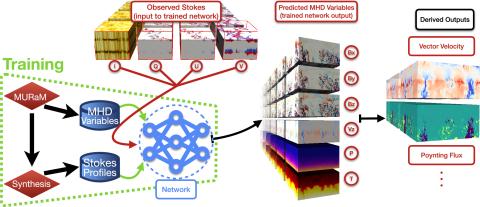
Cutting-edge SPIn4D project combines AI and Astronomy
Matthias Rempel, et al. combine cutting-edge solar astronomy with advanced computer science to analyze data from the world’s largest ground-based solar telescope located atop Haleakalā, Maui. See featured story from the University of Hawaiʻi News. The team’s research recently published in Astrophysical Journal focuses on their development of deep learning models that rapidly analyze vast amounts of data from the U.S. National Science Foundation (NSF) Daniel K. Inouye Solar Telescope.
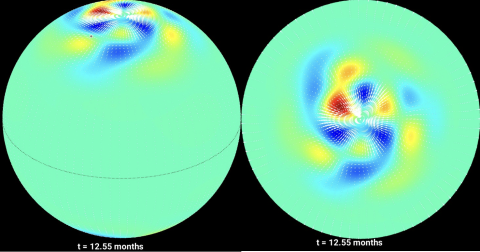
A Magnetohydrodynamic Mechanism for the Formation of Solar Polar Vortices
HAO scientist Mausumi Dikpati's recent significant publication entitled "A Magnetohydrodynamic Mechanism for the Formation of Solar Polar Vortices" is highlighted by NSF-NCAR news website. Dikpati and her co-authors report the first magnetohydrodynamic nonlinear simulations for the formation and evolution of solar polar vortices using a near-surface magnetohydrodynamic shallow-water model.
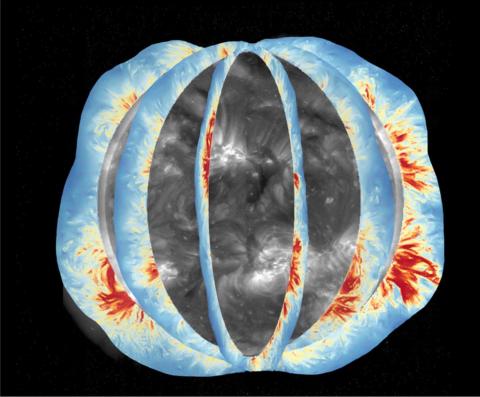
A new era of solar observation
For the first time, scientists, including lead author Newkirk graduate student Zihao Yang, have taken near-daily measurements of the Sun’s global coronal magnetic field, a region of the Sun that has only been observed irregularly in the past. The resulting observations are providing valuable insights into the processes that drive the intense solar storms that impact fundamental technologies, and thus lives and livelihoods, here on Earth. See NSF NCAR News article.
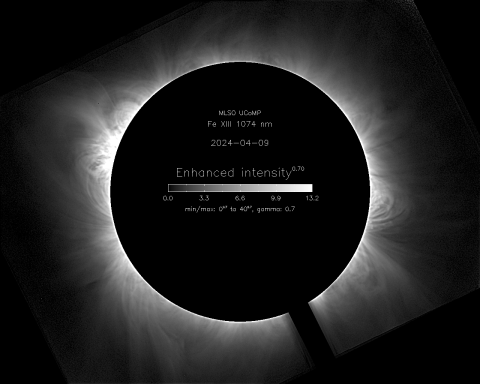
HAO flew observers to MLSO to observe the Sun during the solar eclipse
On April 8, 2024, the day of the total solar eclipse, HAO observers Ben Berkey (site manager) and Lisa Perez-Gonzalez flew by helicopter to the Mauna Loa Solar Observatory (MLSO) located at 11,200 feet on the north face of Mauna Loa to observe the Sun’s corona using the MLSO coronagraphs.

Chasing the IR Corona through Solar Eclipse Experiments
The total solar eclipse on April 8, 2024, was a great opportunity for the team of HAO, NSO, and NOAA scientists and collaborators to travel to a location on the totality path with the goal of running unique science experiments. Using additional telescopes, binoculars, and outreach materials, we were able to capture the eclipse throughout its phases and share our passion with a very excited local crowd.
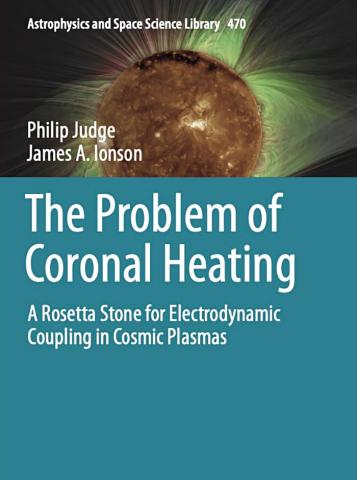
New Book! The Problem of Coronal Heating: A Rosetta Stone for Electrodynamic Coupling in Cosmic Plasmas
HAO is pleased to announce the publication of a new and timely book written for young and open-minded scientists just prior to the total eclipse over the USA in April. Senior scientist Philip Judge and co-author James A. Ionson ask why, 8 decades after Bengt Edlen published his seminal article, we still do not have a clear answer to one of the longest-lasting puzzles in all of astronomy. Why is the solar corona so hot?
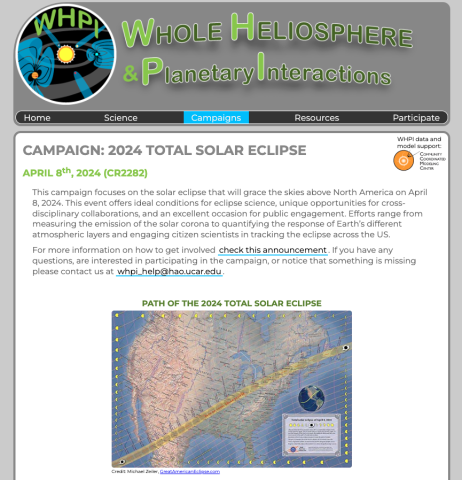
WHPI repository of 2024 Total Solar Eclipse activities
The Total Solar Eclipse on April 8, 2024 offers ideal conditions for eclipse science, unique opportunities for cross-disciplinary collaborations, and an excellent occasion for public engagement. HAO is leading the effort through the Whole Heliosphere and Planetary Interactions (WHPI) initiative to support the 2024 Total Solar Eclipse by providing a platform for gathering information on ongoing eclipse activities. Please contact us at whpi_help@hao.ucar.edu if you have any questions or would like to be included.